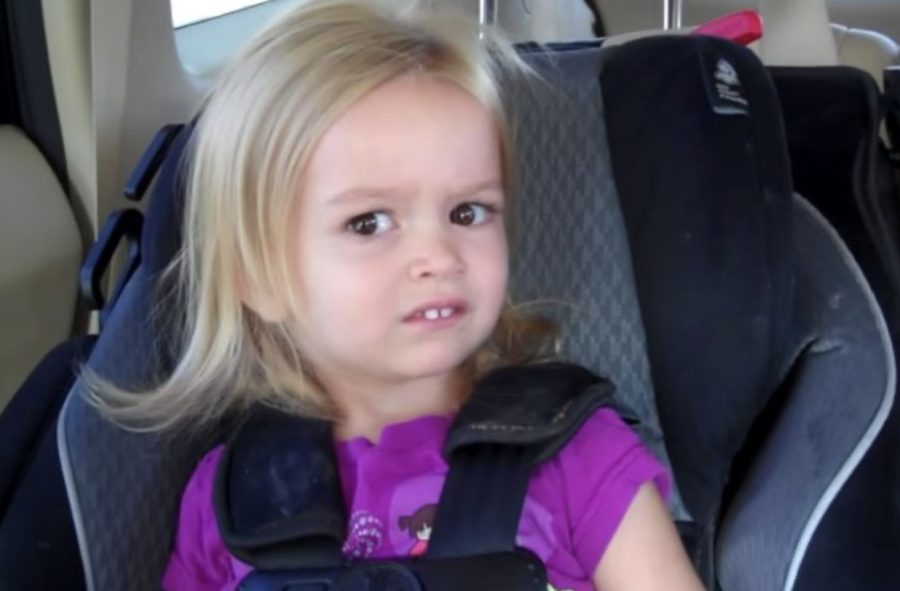Stuart Hall’s (1973) coding and decoding theory provides a powerful analytical tool for us to understand contemporary network culture. Next, I will show how this classic theory can help us analyze the media phenomenon in the digital age through the case of the world-famous meme “Side-Eyed Chloe”.
From family moments to cultural symbols (coding)
In the original video, the little girl Chloe’s response to her mother’s criticism coded the complex emotions in the parent-child relationship – dissatisfaction, doubt and helplessness. The reason why this moment can become a global meme is precisely because the coding process described by Hall has successfully implanted the universal emotional experience into this specific image.
Creative appropriation of meme (decoding)
When netizens separated this expression from the original context, they carried out active and creative decoding. As Jenkins (1992) said in The Text Poaching, fans and netizens are no longer passive consumers, but active cultural producers. They re-encoded this expression into various new situations to express their attitudes towards news events, social interactions and even political issues. Schiffman (2014) pointed out in Myth in Digital Culture that this collective creation process is the core feature of contemporary participatory culture.
From resistance to commercialization (compiled)
With the popularity of the meme, the “consistration” process described by Herbedig (1979) in Subculture: The Meaning of Style came as scheduled. From trademark registration to commodity development and brand marketing, business forces have turned this expression full of resistance into a consumable symbol. This process reveals the continuous tension between cultural resistance and commercial collection in the contemporary media ecology.
Conclusion
Through Hall’s theoretical framework to analyse the full life cycle of “side-eyed Chloe”, we not only see the rise and fall of an online meme, but also witness how meaning is constantly encoded, decoded and re-encoded in contemporary media. This analysis proves that the classical media theory is not only not outdated in the digital age, but also provides an indispensable perspective for us to understand the complex phenomenon of online culture.
reference
Hall, S. (1973). Encoding and Decoding in the Television Discourse. Birmingham: CCCS.
Hebdige, D. (1979). Subculture: The Meaning of Style. London: Methuen.
Jenkins, H. (1992). Textual Poachers: Television Fans and Participatory Culture. New York: Routledge.
Shifman, L. (2014). Memes in Digital Culture. Cambridge: MIT Press.

